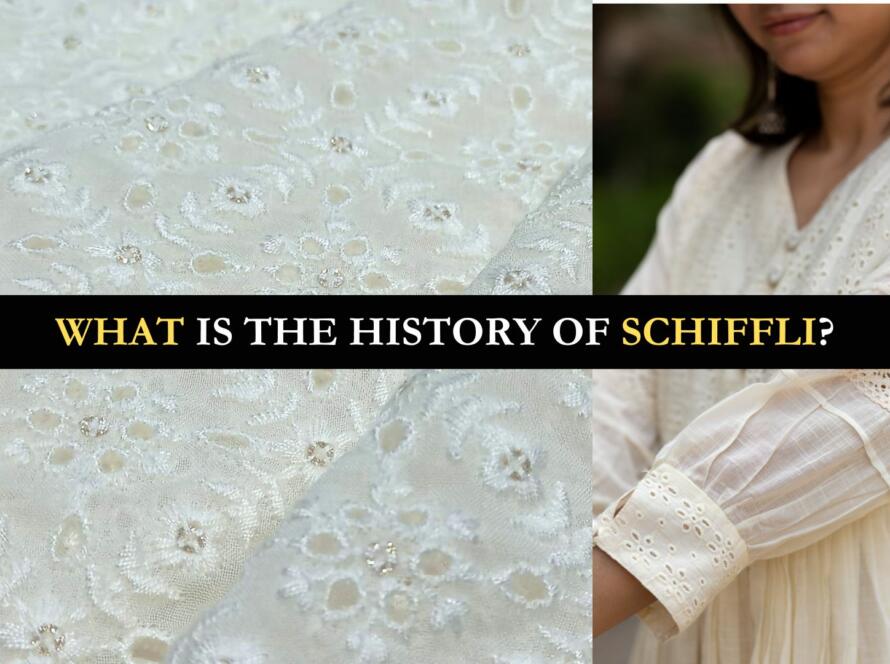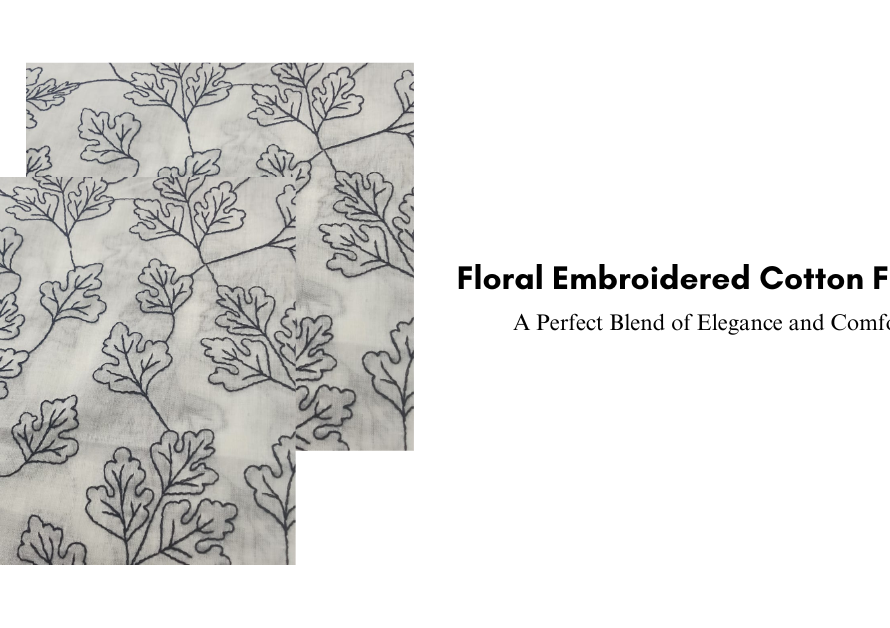In today’s rapidly advancing world, every country is making significant strides in technology and innovation. Over the past few years, the e-commerce industry has experienced remarkable growth.
However, with this growth come new challenges, particularly concerning product quality and brand trust. To address these issues, major e-commerce companies and renowned brands like Madhav Fashion are investing in the emerging business model of live commerce.
The Rise of Livestream Shopping in the Textile Industry
This trend is gaining momentum in several countries, offering a unique solution by providing live product demonstrations, which help customers make informed decisions.
The Evolution of E-commerce
The e-commerce landscape has evolved dramatically, with various innovations enhancing the shopping experience. Despite these advancements, challenges such as ensuring product quality and maintaining brand reputation remain prevalent. Customers often face difficulties in visualizing products accurately, especially in industries like textiles and fabrics. This gap between expectation and reality can lead to dissatisfaction and returns, posing a significant hurdle for online retailers.

Introduction to Live Commerce
Live commerce, also known as livestream shopping, has emerged as a promising solution to these challenges. This model involves real-time product demonstrations through live video streams, allowing customers to see the products in action before making a purchase. By witnessing live demos, customers can better understand the texture, quality, and application of products, thereby reducing uncertainties and enhancing their shopping experience.
Madhav Fashion’s Vision
Recognizing the potential of live commerce, Madhav Fashion, one of the leading manufacturers of embroidery fabrics, has announced its plans to integrate this innovative approach into their business model. Madhav Fashion aims to leverage live commerce to showcase their embroidery, printed, and plain fabrics, providing customers with a comprehensive view of their products from creation to final garment options.

Benefits of Live Commerce in the Textile Industry
Enhanced Customer Experience
Live commerce offers a dynamic and interactive shopping experience. Customers can ask questions, receive instant responses, and gain a clearer understanding of the product features. This level of engagement builds trust and helps customers make informed decisions, ultimately leading to higher satisfaction rates.
Real-Time Product Demonstrations
In the textile industry, where the look and feel of the fabric are crucial, live demonstrations provide an invaluable advantage. For instance, Madhav Fashion plans to showcase how different patterns, like golden sequins, can be used creatively to design garments. This visual representation helps customers envision the end product and explore various styling possibilities.
Increased Transparency
Live commerce promotes transparency by allowing customers to witness the entire product journey. From the raw fabric stage to the final garment, customers can observe the quality and craftsmanship involved. This transparency fosters trust and reassures customers about their purchase decisions.
Reduced Return Rates
By providing detailed product insights through live demonstrations, live commerce helps reduce the likelihood of returns. Customers are more confident in their purchases when they have seen the product in action, leading to fewer discrepancies between expectations and reality.

The Future of Live Commerce
As technology continues to advance, the adoption of live commerce is expected to grow exponentially. Brands like Madhav Fashion are at the forefront of this trend, setting a new standard for customer engagement and satisfaction in the textile industry. By embracing live commerce, these brands are not only addressing current challenges but also paving the way for a more interactive and transparent future in e-commerce.
Live commerce represents a significant shift in the e-commerce landscape, offering a solution to longstanding challenges in the textile industry. With real-time product demonstrations, enhanced customer engagement, and increased transparency, this innovative approach is set to revolutionize the way customers shop for fabrics and garments. Madhav Fashion’s commitment to integrating live commerce into their business model highlights the potential of this trend to shape the future of online shopping. As more brands follow suit, the textile industry is poised for a more dynamic and customer-centric evolution.
___________________________________________________
FAQs on Livestream Shopping in the Textile Industry
What is livestream shopping, and how does it work?
Livestream shopping, also known as live commerce, is an innovative e-commerce model where products are showcased through live video streams. During these live sessions, a host or presenter demonstrates the products in real-time, allowing viewers to see them in action. Customers can interact by asking questions, receiving immediate answers, and making purchase decisions based on the live demo. This approach bridges the gap between physical and online shopping by providing a more immersive experience. In the textile industry, for instance, viewers can see the texture, quality, and application of fabrics, making it easier to understand the product’s potential. This real-time interaction and visual demonstration help build customer trust and confidence, reducing the likelihood of returns and enhancing overall satisfaction.
How is livestream shopping beneficial for the textile industry?
Livestream shopping offers several advantages for the textile industry. Firstly, it enhances the customer experience by providing a dynamic and interactive platform where customers can see fabrics in action. This visual and real-time presentation helps customers understand the fabric’s texture, quality, and potential applications better. Secondly, it increases transparency by showcasing the entire product journey, from raw material to the final garment. This transparency builds trust and reassures customers about their purchase decisions. Additionally, live commerce reduces return rates as customers are more confident in their choices after seeing live demonstrations. It also allows for immediate feedback and engagement, which can help brands address customer queries and concerns instantly.
Why is Madhav Fashion investing in live commerce?
Madhav Fashion, a leading manufacturer of embroidery fabrics, is investing in live commerce to enhance customer engagement and satisfaction. Recognizing the potential of live commerce to address common e-commerce challenges, such as quality assurance and brand trust, Madhav Fashion aims to leverage this innovative approach to showcase their products. By providing live demonstrations of their embroidery, printed, and plain fabrics, Madhav Fashion can offer customers a comprehensive view of their products’ features and applications. This approach not only helps customers make informed decisions but also builds trust through transparency and real-time interaction. Ultimately, Madhav Fashion’s investment in live commerce is a strategic move to stay ahead in the competitive textile market and meet evolving customer expectations.
How does live commerce improve the customer experience?
Live commerce significantly enhances the customer experience by offering a more interactive and immersive shopping environment. Customers can see products demonstrated in real-time, ask questions, and receive instant responses. This interactive format helps customers gain a clearer understanding of the product’s features, quality, and potential uses. In the textile industry, for instance, seeing a fabric’s texture and drape in a live demo provides valuable insights that static images or descriptions cannot offer. Additionally, live commerce fosters a sense of trust and transparency, as customers can witness the entire product journey. This improved understanding and engagement lead to higher customer satisfaction and confidence in their purchase decisions.
What challenges does livestream shopping address in e-commerce?
Livestream shopping addresses several challenges in e-commerce, particularly in terms of product quality assurance and customer trust. One major challenge is the difficulty customers face in visualizing products accurately through static images and descriptions. Live commerce offers real-time demonstrations, helping customers see the product’s true texture, color, and application. This visual representation reduces the gap between expectation and reality, lowering the risk of dissatisfaction and returns. Additionally, live commerce enhances transparency by allowing customers to witness the entire product journey. This level of visibility builds trust and reassures customers about their purchase decisions. Moreover, the interactive nature of live commerce allows for immediate feedback and engagement, addressing customer queries and concerns instantly.
How does live commerce help reduce return rates?
Live commerce helps reduce return rates by providing customers with a more accurate and detailed understanding of products before making a purchase. During live demonstrations, customers can see the product’s features, quality, and applications in real-time, which helps them make more informed decisions. In the textile industry, for example, customers can see how fabrics drape, their true colors, and potential uses in garment creation. This visual and interactive approach reduces the likelihood of discrepancies between customer expectations and the actual product, leading to fewer returns. Additionally, live commerce allows for immediate interaction, enabling customers to ask questions and receive instant answers, further clarifying any doubts they may have.
What makes live commerce a transparent shopping method?
Live commerce promotes transparency by offering real-time, unedited product demonstrations and interactions. Customers can see products in their true form, observe the entire process from raw material to the final product, and understand the craftsmanship involved. In the textile industry, for example, live demos can showcase the fabric’s texture, quality, and potential applications, providing a comprehensive view that static images or descriptions cannot offer. This transparency builds trust as customers can witness the product’s authenticity and quality firsthand. Additionally, the interactive nature of live commerce allows customers to ask questions and receive immediate responses, further enhancing the sense of openness and reliability.
How can live commerce enhance customer trust and satisfaction?
Live commerce enhances customer trust and satisfaction by providing a more interactive, transparent, and engaging shopping experience. Customers can see products demonstrated in real-time, ask questions, and receive instant responses. This level of interaction helps customers gain a clearer understanding of the product’s features, quality, and applications. In the textile industry, for instance, live demonstrations can show the true texture and drape of fabrics, helping customers make more informed decisions. This transparency and real-time engagement build trust, as customers can witness the authenticity and quality of products firsthand. Additionally, the immediate feedback and interaction reduce uncertainties and enhance overall customer satisfaction.
What is the future of live commerce in the textile industry?
The future of live commerce in the textile industry looks promising, with the potential to revolutionize the way customers shop for fabrics and garments. As technology continues to advance, live commerce is expected to become more sophisticated and widespread, offering even more interactive and immersive shopping experiences. Brands like Madhav Fashion are leading the way by integrating live commerce into their business models, showcasing their products in real-time to enhance customer engagement and satisfaction. The growing adoption of live commerce is likely to set new standards for transparency, trust, and customer interaction in the textile industry, paving the way for a more dynamic and customer-centric approach to online shopping.






